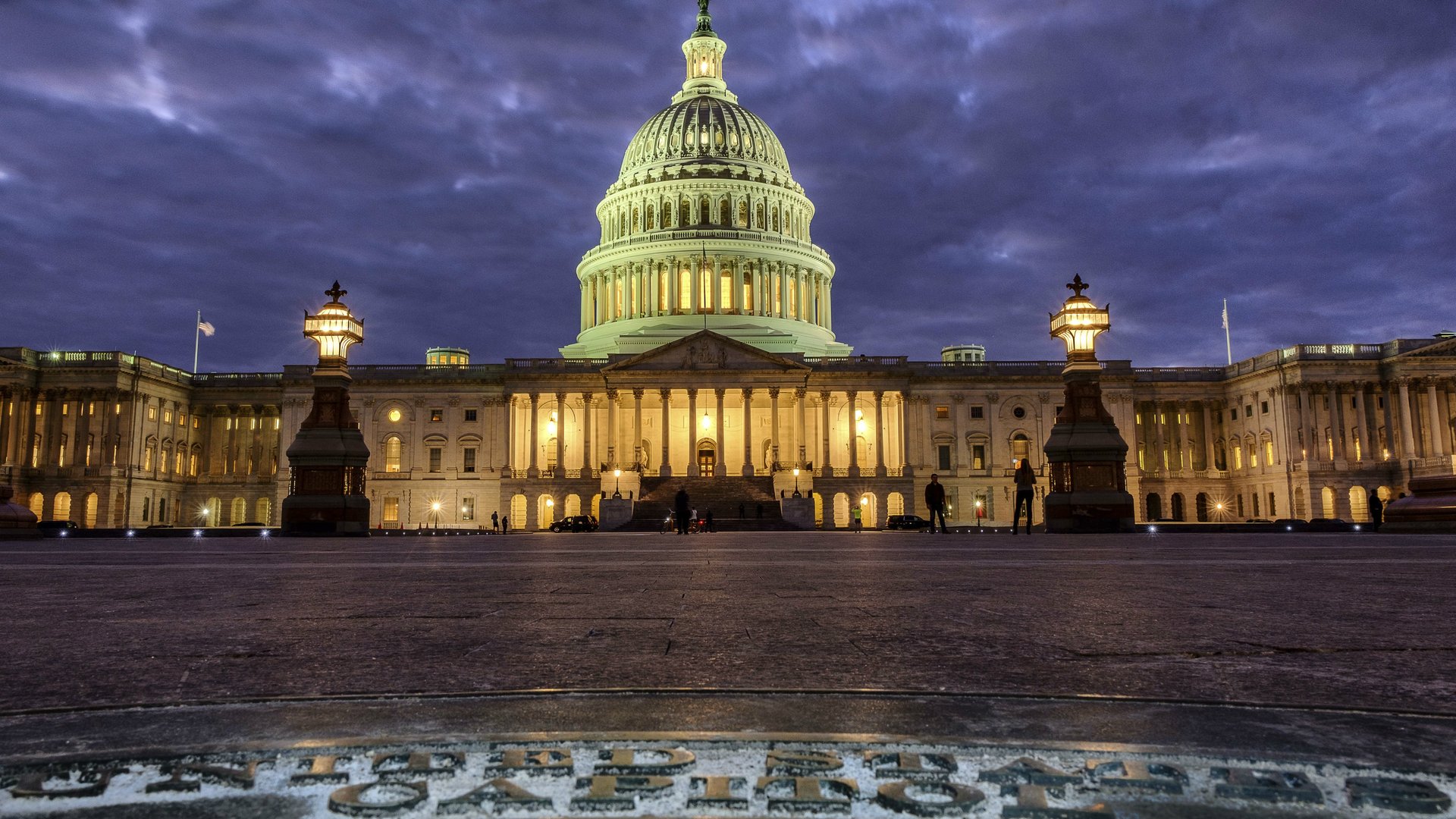The typical US Congress member is 12 times richer than the typical American household
Every year, members of US Congress are required to report on the value of their households’ income and assets. The data reveal that the lawmakers, who just passed a massive tax cut, are a very rich bunch.


Every year, members of US Congress are required to report on the value of their households’ income and assets. The data reveal that the lawmakers, who just passed a massive tax cut, are a very rich bunch.
In 2015, the most recent year for which Quartz could access this information, the median member of the US Congress was worth at least $1.1 million. That is more than 12 times greater than the net wealth of the median US household. And that doesn’t tell the whole story, since the chambers of congress are not equal in wealth terms. The median net worth of a senator was $3.2 million, versus $900,000 for members of the House of Representatives.
These are conservative estimates. Congress members are not required to report on the value of their residence, though many do. US household wealth estimates, which come from a survey conducted by the US Federal Reserve, include all real estate wealth.
The chart below shows the median net worth of congress members from 2005 to 2015, based on a Quartz analysis of data collected by the Center for Responsive Politics, a non-profit that tracks the impact of money on US politics. Financial disclosures are filed on May 15 every year, so the data represent incumbent lawmakers in election years.
Not only are congress members unusually wealthy, but unlike the typical US household lawmakers were relatively unscathed by the most recent recession. Since 2006, while the median congress person continued to get richer, the typical American household saw their wealth decline, dented by the 2008-09 financial crisis.
It’s no surprise that congress members, given their affluence, were not as impacted by the financial crisis. The top 20% of US households lost far less of their net worth (pdf) than middle-income Americans following the crash.
The bigger change in congressional wealth came after the “wave” election of 2010. Republicans gained 63 seats in the House of Representatives and six seats in the senate that year, and it would have a profound effect on the relative wealth of elected members from the two major political parties.
Prior to the wave, the median Republican congress member was significantly wealthier than the median Democratic member. But the newly elected Republican members had a median net of worth less than $700,000, bringing the median Republican lawmaker’s wealth down to the level of the median Democrat’s.
The Tea Party movement, a hard-line, grassroots conservative movement partly responsible for the Republican wave in 2010, was not a factor in the reduction in Republican congress members’ median wealth. The Center for Responsive Politics conducted an analysis in 2012 that found the then-60 House members that were part of the Tea Party Caucus were actually significantly wealthier than non-Tea Party Republicans.
This is splitting hairs—the fact remains that US lawmakers are disproportionately wealthy. That’s partly because running for office is easier with stable, ample financial resources. It’s also because congress members are mostly white men, one of the wealthiest segments of the US population. Also, CBS News points to evidence that lawmakers use their position to enhance their wealth through influence peddling and privileged information to make better investments. One set of researchers estimated that from 1985 to 2001, members of the House of Representatives beat the market by about six percentage points.
Although many elected officials are able to separate their own financial situation from their constituents’, it’s not hard to imagine that lawmakers’ wealth may influence how they think about policy. Having a bunch of millionaires write the rules that affect all Americans is far from ideal.